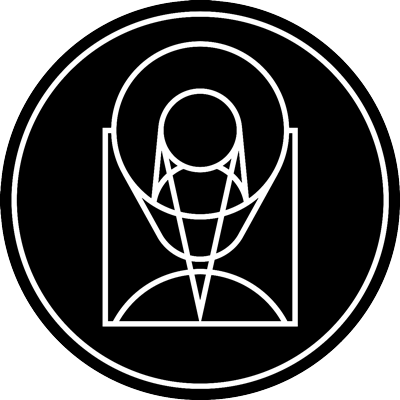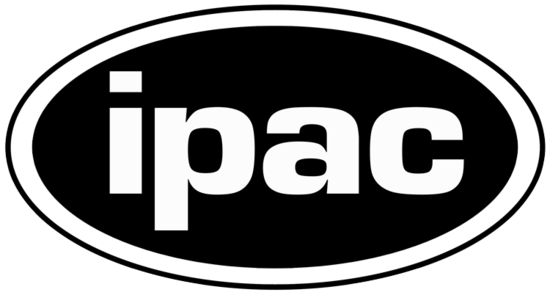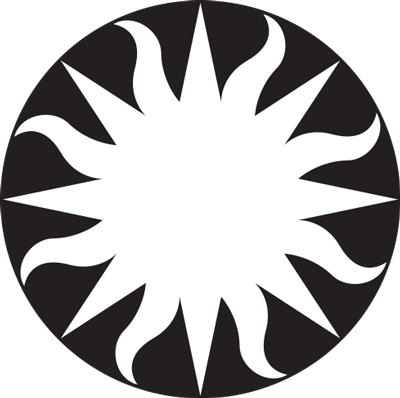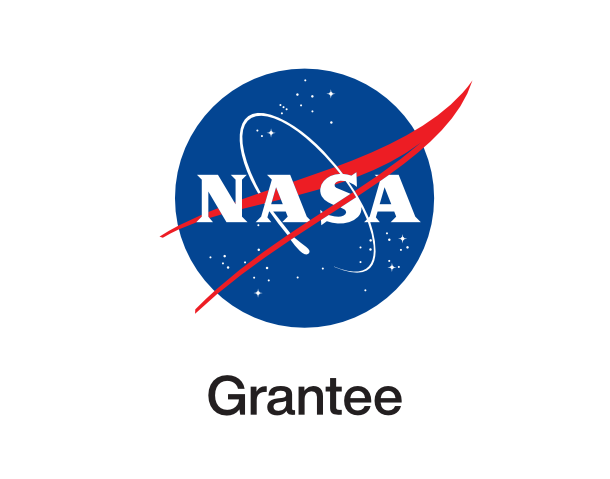Cosmic cloudscape

esahubble_potw2506a February 10th, 2025
Credit: ESA/Hubble & NASA, C. Murray
The Universe is a dusty place, as this NASA/ESA Hubble Space Telescope Picture of the Week shows. Featured in this image are swirling clouds of gas and dust near the Tarantula Nebula in the Large Magellanic Cloud. About 160 000 light-years away in the constellations Dorado and Mensa, the Large Magellanic Cloud is one of the nearest galaxies to the Milky Way. The Tarantula Nebula is the most productive star-forming region in the nearby Universe, home to the most massive stars known. The colourful gas clouds of this nebula are crossed by wispy tendrils and dark clumps of dust. This dust is different from ordinary household dust, which can be made of bits of soil, skin cells, hair and even plastic. Cosmic dust tends to be made of carbon or of molecules called silicates, which contain silicon and oxygen. The data used to create this image were collected as part of an observing programme that aims to characterise the properties of cosmic dust in the Large Magellanic Cloud and other nearby galaxies. Dust plays several important roles in the Universe. Even though individual dust grains are incredibly tiny, far smaller than the width of a single human hair, dust grains in discs around young stars clump together to form larger grains and eventually planets. Dust also helps cool clouds of gas so that they can condense into new stars. Dust even plays a role in making new molecules in interstellar space, providing a venue for individual atoms to find each other and bond together in the vastness of space. [Image Description: A portion of a nebula, made of variously-coloured layers of dust clouds. One upper layer is dark reddish dust which is dense and obscures light, in places so dense that it appears black. A middle layer is pale clouds that are thick like curling wisps of smoke. They form a broad bow across the centre of the image. Many small, bright stars lie throughout the nebula, coloured blue, purple or red depending on depth.] Links Pan of Tarantula Nebula
Provider: Hubble Space Telescope | ESA
Image Source: https://esahubble.org/images/potw2506a/
Curator: ESA/Hubble, Baltimore, MD, United States
Image Use Policy: Creative Commons Attribution 4.0 International License

- ID
- potw2506a
- Subject Category
- Subject Name
- Tarantula Nebula
- Credits
- ESA/Hubble & NASA, C. Murray
- Release Date
- 2025-02-10T06:00:00
- Lightyears
- Redshift
- Reference Url
- https://esahubble.org/images/potw2506a/
- Type
- Observation
- Image Quality
- Distance Notes
- Facility
- Hubble Space Telescope, Hubble Space Telescope, Hubble Space Telescope, Hubble Space Telescope, Hubble Space Telescope, Hubble Space Telescope
- Instrument
- WFC3, WFC3, WFC3, WFC3, WFC3, WFC3
- Color Assignment
- Purple, Blue, Green, Orange, Red, Red
- Band
- Ultraviolet, Optical, Optical, Optical, Infrared, Infrared
- Bandpass
- UV, U, g, I, YJ, H
- Central Wavelength
- 275, 336, 475, 814, 1100, 1600
- Start Time
- Integration Time
- Dataset ID
- None, None, None, None, None, None
- Notes
- Coordinate Frame
- ICRS
- Equinox
- J2000
- Reference Value
- 84.6443547658446, -69.06705323082873
- Reference Dimension
- 3104.0, 3412.0
- Reference Pixel
- 1552.0, 1706.0
- Scale
- -1.0994275712302058e-05, 1.0994275712302058e-05
- Rotation
- -82.020000000000039
- Coordinate System Projection:
- TAN
- Quality
- Full
- FITS Header
- Notes
- Creator (Curator)
- ESA/Hubble
- URL
- https://esahubble.org
- Name
- Telephone
- Address
- ESA Office, Space Telescope Science Institute, 3700 San Martin Dr
- City
- Baltimore
- State/Province
- MD
- Postal Code
- 21218
- Country
- United States
- Rights
- Creative Commons Attribution 4.0 International License
- Publisher
- ESA/Hubble
- Publisher ID
- esahubble
- Resource ID
- potw2506a
- Resource URL
- http://esahubble.org/media/archives/images/original/potw2506a.tif
- Related Resources
- Metadata Date
- 2025-02-12T16:40:32.638436
- Metadata Version
- 1.1
Detailed color mapping information coming soon...

















